The art of making wine goes beyond the image of a barefoot Lucille Ball stomping grapes in the idyllic Tuscan countryside.
Making a good wine is part science, part nature and part art. A winemaker’s choices depend on countless factors like the rain, sun and the chemical reactions that occur during the process from vineyard to bottle.
It’s complicated stuff. Here are six things you might have wondered about wine but we too afraid to ask:
1. How’d they get that smell of pomegranate in there?
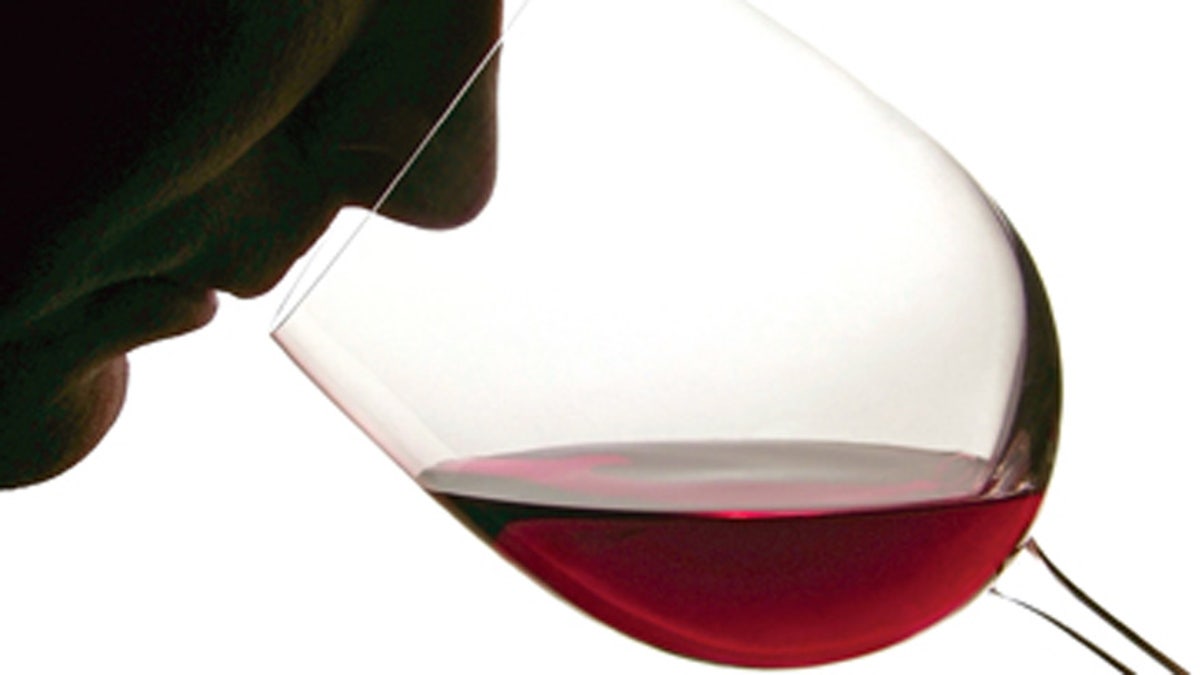
(istock)
Ever wonder how those notes of red currant, pomegranate, bell pepper and sweet cedar get into that glass of California Cabernet Sauvignon? These aromas and flavors are not “added” to wine, but occur as a result of chemical compounds known as esters produced during the fermentation process. These esters are responsible for the dozens of aromas we perceive in a glass of wine, which greatly influence what we taste on our palate. Aromas of baking spices, vanilla and toast, on the other hand, generally occur as a result of a wine’s contact with oak barrels. It’s more common in red wine, but it can occur in barrel aged white wines as well.
2. Isn't all wine vegan?
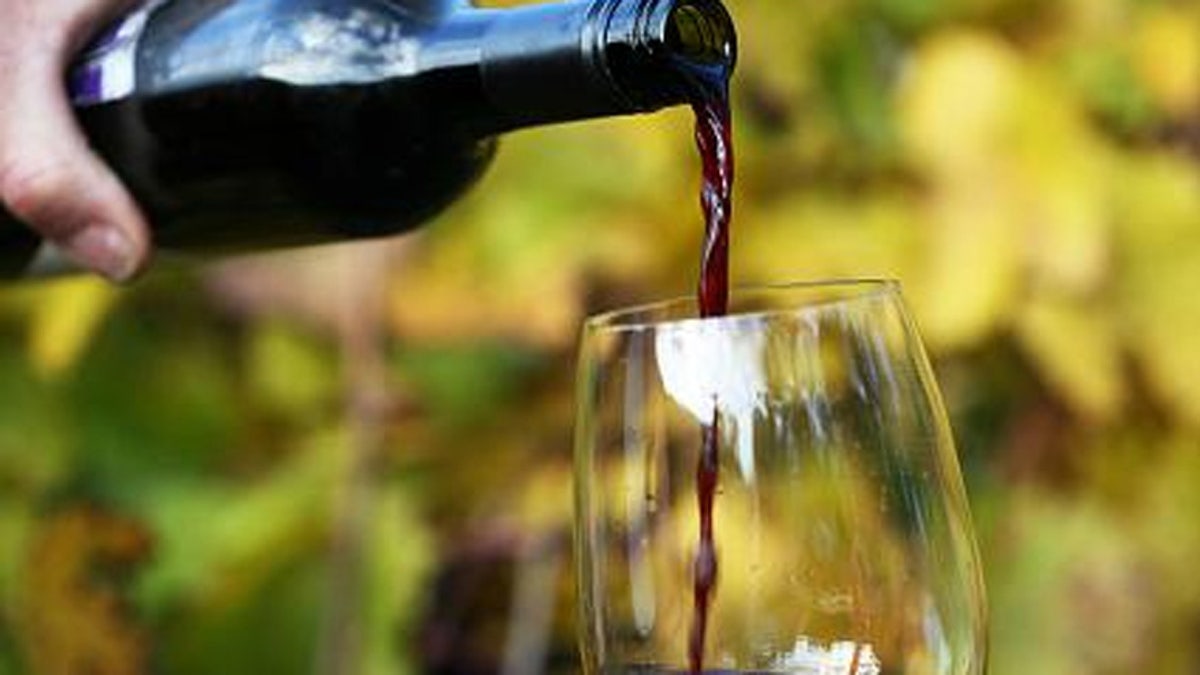
(istock)
Not exactly. Wine production, specifically the fining or clarification process, often involves the use of certain animal byproducts to make the wine clear. These include sturgeon bladder known as isinglass, egg whites, casein, gelatin and, in some Mediterranean countries (not the U.S. or Europe), bull’s blood. Technically speaking, no traces of these clarifying agents should remain in the finished wine, but as a safety precaution some countries require allergen labeling that indicates trace amounts may remain. In the U.S, for example, allergen labeling of wine is voluntary.
3. What exactly are tannins-- beyond the thing that stains my teeth?
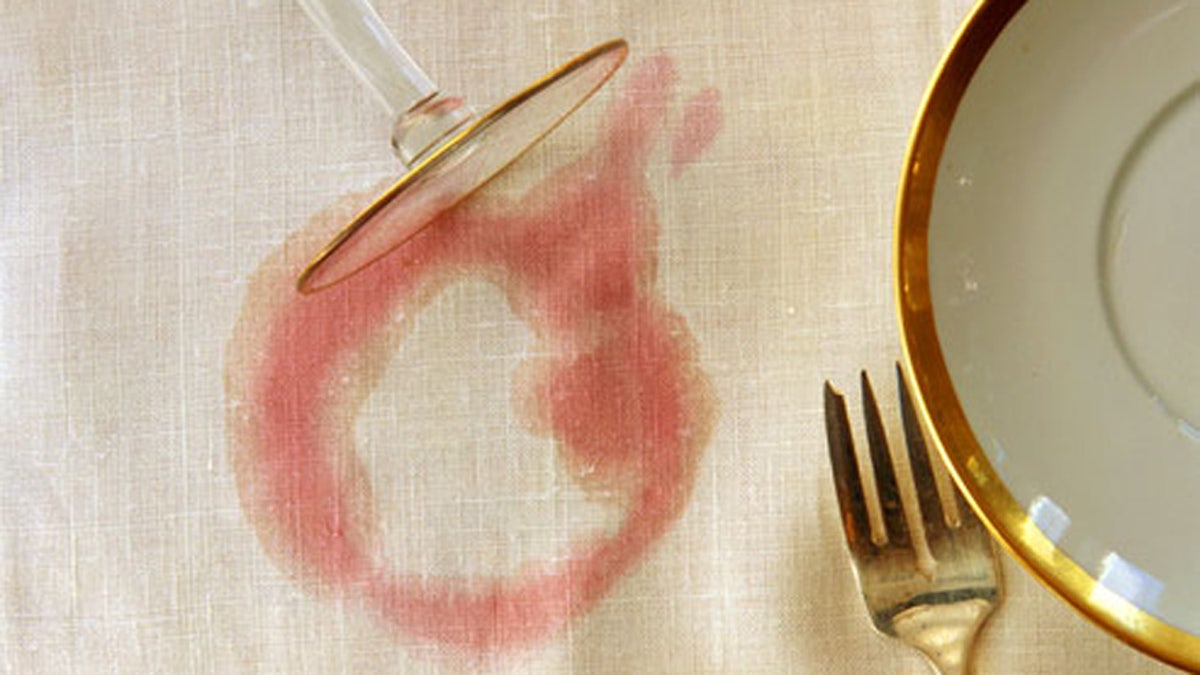
(istock)
Tannins are chemical compounds found in grape skins, seeds, stems and oak barrels, which play an important role in red wine production. Since prolonged skin contact and barrel aging are much more relevant to red wine, they have higher levels of tannin than white wines. Thick-skinned red grapes such as Cabernet Sauvignon produce wines with higher levels of tannin, whereas thin-skinned grapes such as Pinot Noir have lower levels. Tannins act as a preservative for wine, enabling them to age longer and are detected on the palate as a drying sensation or astringency. Tannins generally become more supple and approachable in a wine with bottle age.
4. Does an old wine means it’s good?
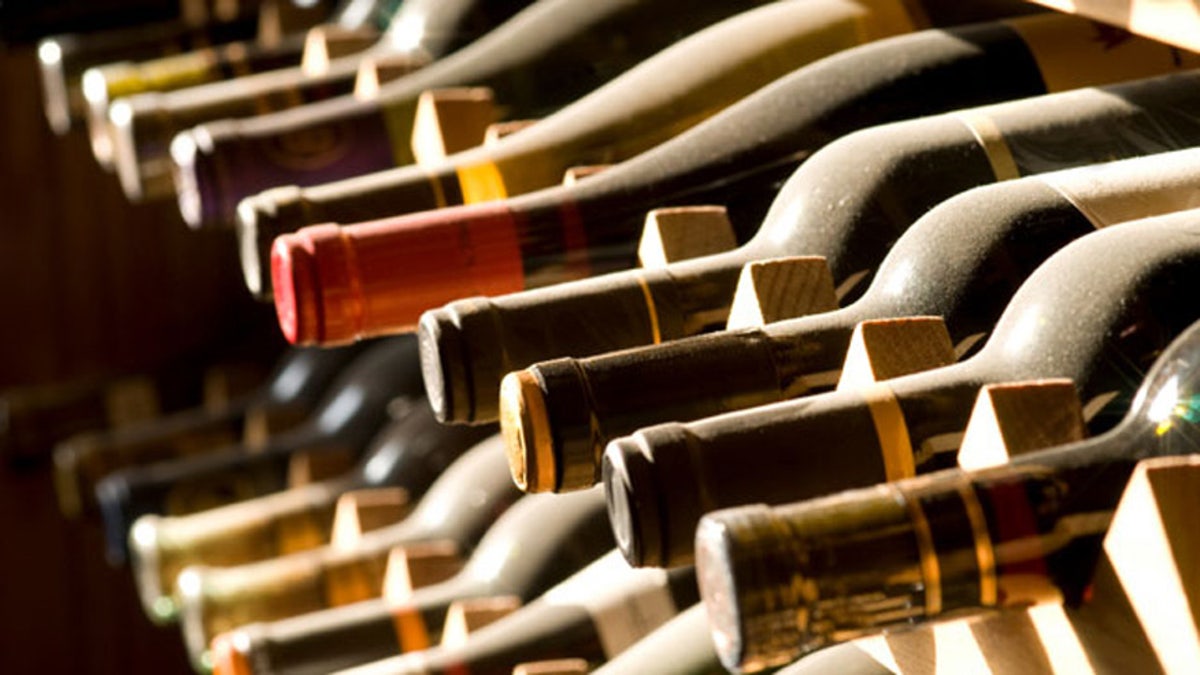
(istock)
Not necessarily. Approximately 95 percent of all wine produced is meant to be drunk within a year of purchase. Despite that image of dusty bottles in the wine cellar, less than 5 percent of wines improve with age. A combination of acid, tannin as well as good structure is generally what enables wine to age with grace. Sugar is another contributing factor and, in addition to tannin and acid, acts as a preservative that allows sweet, white wines such as Sauternes to age for decades. It is important to note that balance is also key, and if a wine is unbalanced in its youth, aging will usually not improve it.
5. What is yeast used for?

Winemakers have been using oak barrels for centuries. So what do they do anyway? (istock)
Yeast is essential to winemaking and is responsible for converting the sugar in grape juice into alcohol. The higher the sugar level in the juice, the higher the level of alcohol in the finished wine. With sweet wines, fermentation is stopped early to allow for sugar to remain in the final wine. The type of yeast used is a source of controversy in the wine world with winemakers from the Old World or “traditionalists” advocating the use of “wild” or “indigenous” yeast, while many New World winemakers embrace the use of “cultured” or “designer” yeast engineered to produce predictable results in the finished wine.
6. How does sparkling wine get its bubbles?
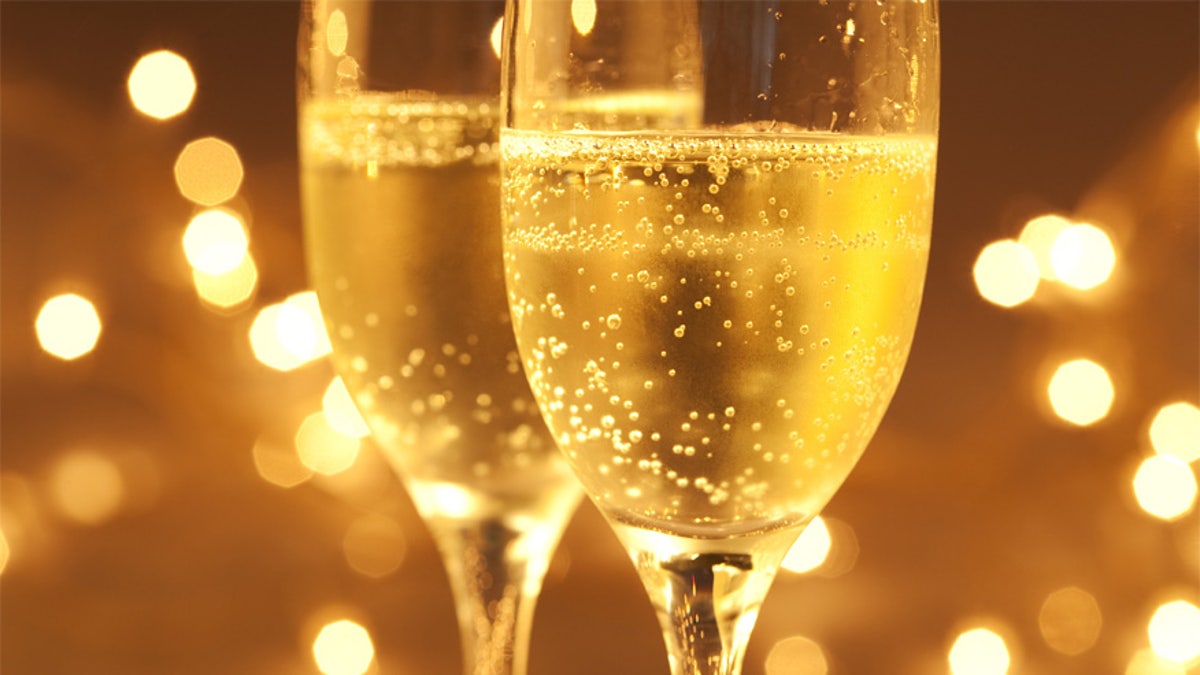
(istock)
Yeast converts the sugar in grape juice into two products: alcohol and carbon dioxide. In non-bubbly wine, the carbon dioxide is allowed to escape. In sparkling wine production, wine makers take still wine and put it into a tank, bottle or other vessel where a secondary fermentation takes place. As this happens, the carbon dioxide is trapped in the wine in the vessel resulting in a sparkling wine. This carbonation results in about, which is why sparkling wine bottles are thicker than those used for still wine, and feature a cork closure sealed with a wire cage.
